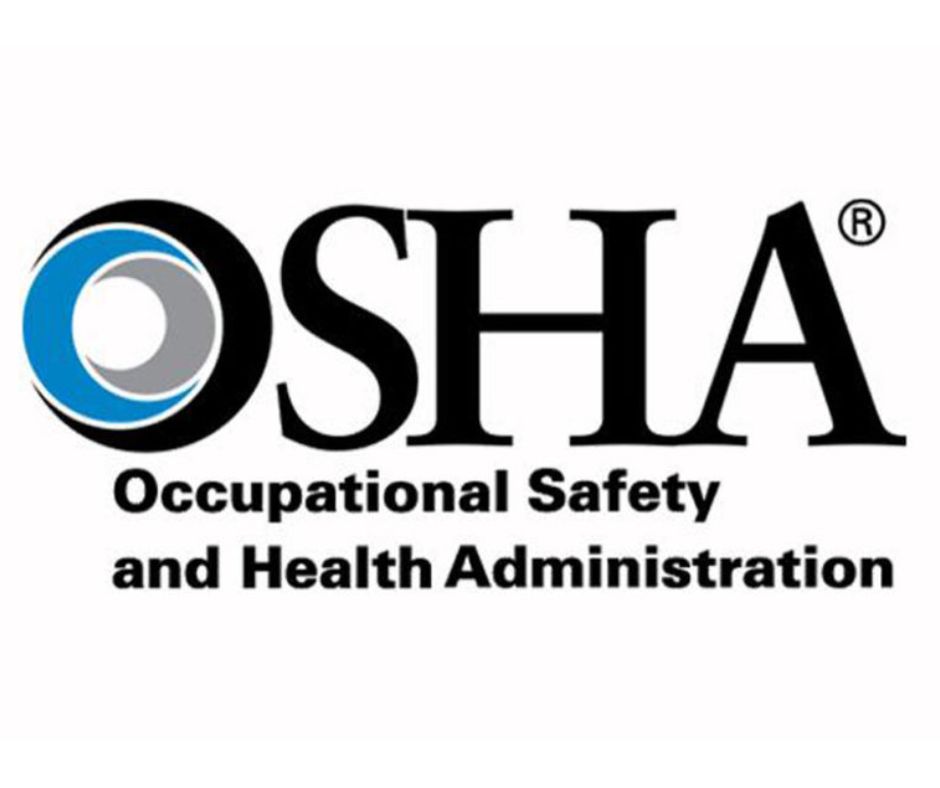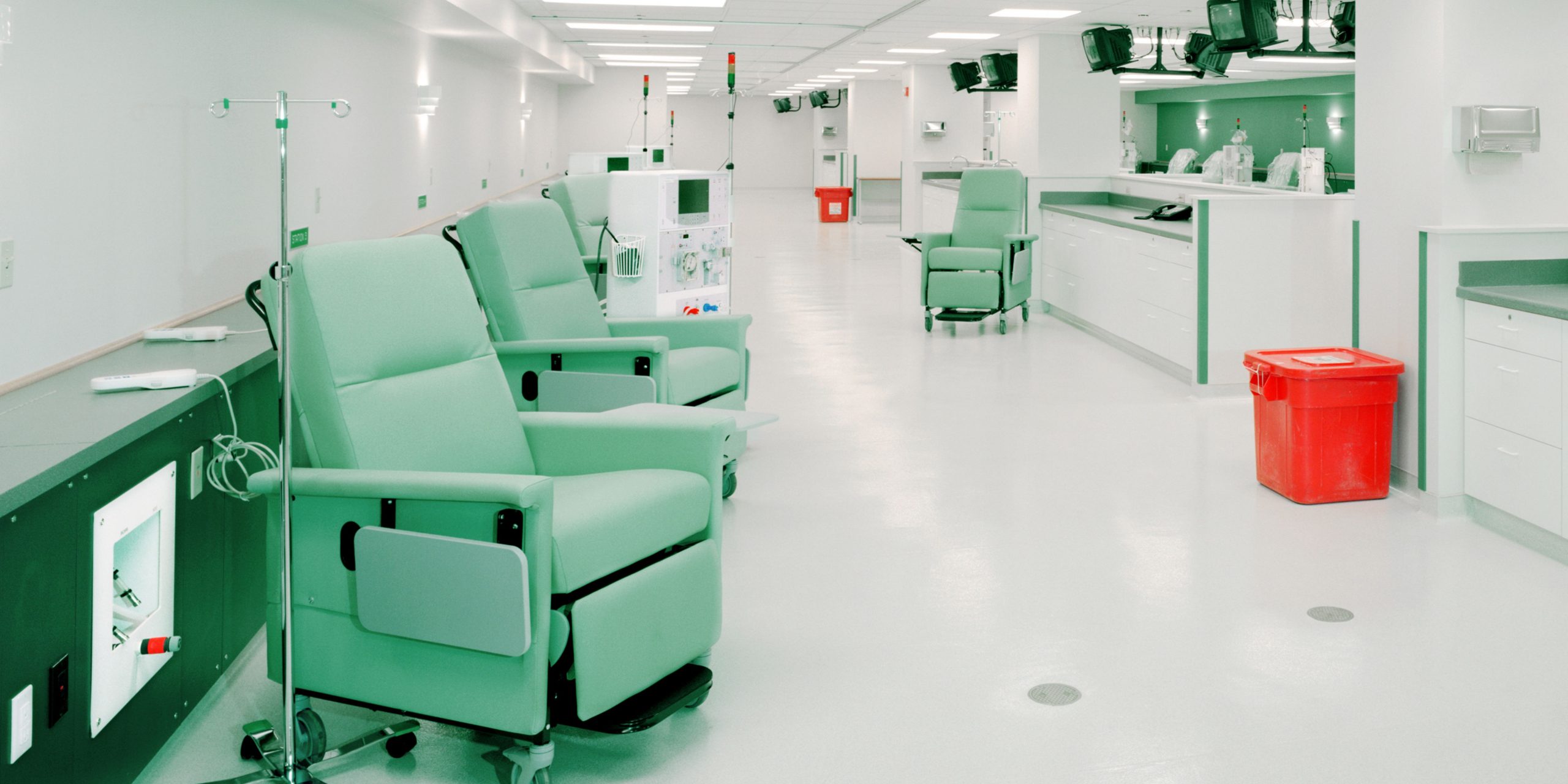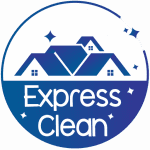Key Standards for Cleaning Medical Facilities: Best Practices, Materials & Safety
Maintaining a sanitized and safe environment in medical facilities is critical to patient care, infection control, and operational efficiency. Facility managers, homeowners, and operations leads in the Chicago area must follow rigorous cleaning standards to ensure health, safety, and compliance. This guide from Express Clean takes you through the key best practices, material choices, scheduling strategies, and essential safety protocols for effective medical facility cleaning.
Why Rigorous Medical Cleaning Matters
Medical settings—whether clinics, dental offices, or outpatient centers—face unique cleaning demands. Due to increased risk of pathogens, these facilities must meet higher cleanliness levels, minimize cross-contamination, and guarantee compliance with local and national health standards. Not only does diligent cleaning protect patients and staff, but it also enhances your facility’s reputation and meets expectations set by certifying bodies.
Best Practices: Building a Reliable Cleaning Program
- Assess High-Touch Areas Frequently: Ensure door handles, bed rails, light switches, touchscreen monitors, and workstations are disinfected multiple times per day.
- Standardize Cleaning Checklists: Create detailed protocols for each room type—waiting areas, exam rooms, restrooms, and staff lounges.
- Follow Proper Dwell Times: Use hospital-grade disinfectants and adhere to recommended contact times (often 5–10 minutes) for total pathogen elimination.
- Implement Cross-Contamination Controls: Utilize color-coded microfiber cloths and mop heads, and replace them between rooms or zones.
- Document Each Cleaning Cycle: Maintain logs to demonstrate compliance in case of inspections or outbreaks.
Materials and Chemistry: Choosing Safe and Effective Products
Not all cleaning products are suitable for medical settings. Facility managers need to balance efficacy, surface compatibility, and staff safety. Here’s a comparison of common material choices in medical environments:
| Material Type | Typical pH Range | Ideal Uses | Precautions |
|---|---|---|---|
| Quaternary Ammonium Compounds | 6–9 | General surfaces, exam tables | Avoid mixing with bleach |
| Sodium Hypochlorite (Bleach) | 11–13 | Restrooms, infectious areas | Corrosive; use PPE and ventilation |
| Hydrogen Peroxide-Based Cleaners | 2–5 | Touchscreens, non-porous surfaces | Check compatibility to avoid damage |
| Alcohol (Isopropanol 70%) | 7 | Small equipment, quick-dry surfaces | Flammable; ensure safe handling |
Facility managers should also consult product Safety Data Sheets to confirm surface compatibility and required personal protective equipment (PPE).
Safety and Compliance: Meeting National Cleaning Standards
Medical facility cleaning standards are enforced by authorities such as OSHA and local health departments. For advanced disinfection and infection prevention, consider pursuing facility certification through programs like the GBAC STAR facility accreditation. These programs set globally recognized cleaning, disinfection, and infectious disease prevention standards.
Proper air filtration is also essential for infection control. Modern guidelines recommend using high-efficiency filters and routine HVAC maintenance; more guidance is available from the ASHRAE filtration and disinfection resources.
Key Safety Protocols
- Wear suitable PPE (disposable gloves, masks, gowns) throughout cleaning tasks.
- Handle sharps and regulated medical waste using sealed containers and proper signage.
- Ensure staff receive training in bloodborne pathogen standards, correct disinfectant use, and emergency spill clean-up procedures.
Scheduling Efficiency: Optimal Cleaning Frequencies and Teamwork
Efficiency in cleaning scheduling ensures uninterrupted patient care and maximizes resource use. In busy Chicago clinics and suburban healthcare offices, managers should:
- Stagger cleaning times during operational downtimes to reduce disruption.
- Cooperate with clinical staff to identify peak risk periods and adjust cleaning frequency.
- Leverage checklists and digital logging to avoid missed or duplicated tasks.
Common Challenges (and Solutions) in Medical Facility Cleaning
Frequent hurdles include:
- Unexpected messes: Establish rapid-response protocols for spills or contamination events.
- Product shortages: Keep backup supplies and approved alternatives accessible.
- Staff fatigue: Rotate cleaning duties and provide ergonomic tools to support wellness.
Further Resources
For more guidance on improving hygiene and work environments, explore these internal resources:
- How cleanliness influences the work environment
- Cleaning products and equipment for medical offices
- Optimal cleaning frequency for medical offices
Ready to Streamline Your Medical Facility’s Cleaning?
If you’re seeking a consistent, compliant cleaning solution in the Chicago area, book office cleaning in Chicago or schedule move-out cleaning for your practice with Express Clean today.
About the Author
Reviewed by: Express Clean Team
With over 20 years of experience in commercial and residential cleaning in Chicago and its suburbs, our team ensures strict compliance, safety, and innovation for medical and healthcare environments.



keep it clean, and hygienic, regulations, and standards, medical office, Chicago medical office cleaning, medical office cleaning services Chicago, best cleaning services chicago, safe and effective medical office cleaning, medical office cleaning service near me, medical office cleaning company Chicago


